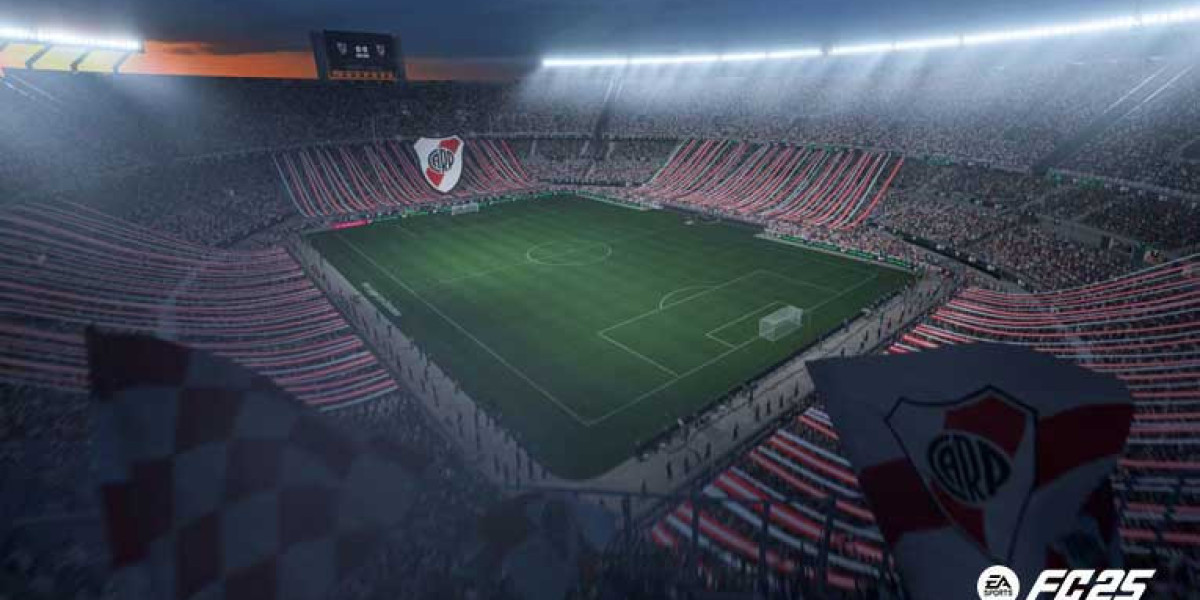When working with glass in artistic and crafting projects, selecting the right type of glass is essential for achieving the desired results. COE 90 glass is a popular choice among glass artists, crafters, and designers due to its versatile properties, vibrant colors, and ease of use. Whether you're a beginner or an experienced glass artist, understanding the features, advantages, and techniques for working with COE 90 glass is crucial to creating high-quality glass art pieces. In this article, we will explore the key aspects of COE 90 glass, its uses, and why it stands out in the world of glass art.
What is COE 90 Glass?
COE 90 glass refers to glass that has a Coefficient of Expansion (COE) of 90. The COE value is a measure of how much a material expands and contracts when exposed to changes in temperature. COE 90 glass is specifically designed to have a moderate thermal expansion, making it compatible with other glasses of similar COE values, such as 90 COE fused glass and stained glass. This property ensures that the glass will not crack or break when subjected to the heating and cooling processes common in glasswork techniques like fusing, slumping, and glass blowing.
Unlike COE 96 glass, which is more commonly used for kiln-formed glass projects, COE 90 glass offers slightly different properties, making it particularly suitable for specific applications in glass art.
Key Properties of COE 90 Glass
1. Thermal Compatibility
One of the defining features of COE 90 glass is its thermal compatibility. The glass is designed to expand and contract at a moderate rate, which means it can be fused, slumped, and manipulated without the risk of cracking due to differential thermal expansion. This makes it ideal for both kiln work and lampworking.
2. Vibrant Color Palette
COE 90 glass comes in an extensive range of vibrant colors, patterns, and textures, giving artists a wide array of creative options. The rich color options make it a popular choice for creating stunning glass art pieces, from jewelry and beads to intricate glass sculptures.
3. Easy to Work With
Another advantage of COE 90 glass is its ease of use. It is generally easier to work with compared to other types of glass, as it tends to flow more smoothly during the fusing process. This ease of manipulation makes it suitable for both beginners and professional glass artists.
4. Durability
The COE 90 glass is durable and resistant to thermal shock, meaning it can withstand changes in temperature without cracking. This durability makes it suitable for creating functional glassware, ornaments, and decorative glass pieces that are meant to endure regular use or exposure to different temperatures.
Common Applications of COE 90 Glass
COE 90 glass is highly versatile and can be used in a variety of glass art applications. Some of the most popular uses include:
1. Fusing and Slumping
COE 90 glass is widely used for fusing and slumping techniques, where pieces of glass are melted together in a kiln to create larger art pieces or functional objects. The glass can be cut, shaped, and stacked to create complex designs, which are then fused into a single piece. COE 90 is ideal for these processes because its moderate thermal expansion allows the glass to fuse without the risk of cracking.
2. Glass Bead Making
For artists interested in bead-making, COE 90 glass is an excellent choice due to its ability to form smooth, polished beads. The glass can be melted and shaped into beautiful beads, which can then be used in jewelry making. The wide range of colors and patterns available in COE 90 glass also allows for a high degree of creativity in bead designs.
3. Stained Glass
COE 90 glass can be used for traditional stained glass projects, where it is cut into shapes and assembled into windows, panels, or decorative pieces. Its vibrant colors and patterns make it particularly attractive for intricate stained glass work, and the moderate COE ensures that it will not crack under the heat used in the soldering process.
4. Glass Sculpture
Artists who create glass sculptures also favor COE 90 glass because it offers excellent workability and is compatible with various sculpting techniques. COE 90 glass can be manipulated in both hot and cold forms to create detailed sculptures, from small figures to large, intricate designs.
Working with COE 90 Glass
1. Cutting and Shaping
When working with COE 90 glass, it is essential to use proper tools to cut and shape the glass accurately. Glass cutters, diamond saws, and nippers are commonly used to cut COE 90 glass into desired shapes and sizes. Artists can also use grinders or sanders to smooth edges and achieve precise shaping.
2. Fusing Techniques
Fusing COE 90 glass involves placing pieces of glass in a kiln and heating them until they melt and fuse together. This process allows for a range of creative effects, such as layered designs, pattern development, and even creating textures within the glass. Kilns should be set to the appropriate temperature to ensure that the glass fuses without over-heating or causing damage.
3. Color Mixing and Layering
COE 90 glass offers a broad spectrum of colors, and one of the key benefits is the ability to mix and layer different colors to achieve unique effects. The glass can be stacked in different combinations to create depth, contrast, and visual interest. Artists can experiment with different types of glass, such as opaque, transparent, or dichroic glass, to add variety to their work.
4. Annealing
Once a piece of COE 90 glass has been formed or fused, it must undergo an annealing process to relieve internal stresses. Annealing involves slowly cooling the glass in a kiln to prevent it from cracking or breaking as it cools. Proper annealing is critical for ensuring the durability and longevity of the finished glass piece.
Advantages of Choosing COE 90 Glass
1. Versatility
The versatility of COE 90 glass makes it a go-to material for a wide range of glass art applications. Whether you're creating stained glass windows, sculptural pieces, beads, or fused glass artworks, COE 90 offers the flexibility to bring any design to life.
2. Reduced Risk of Cracking
Due to its moderate COE, COE 90 glass has a reduced risk of cracking when exposed to temperature fluctuations. This makes it ideal for pieces that may be exposed to heat or cold, such as glassware or outdoor sculptures.
3. Wide Selection of Glass Types
Another advantage of COE 90 glass is the variety of types available. From transparent to opaque, textured to smooth, and even dichroic glass options, the wide range of colors and styles available ensures that artists can find exactly what they need for their projects.
4. Compatibility with Other COE 90 Glass
One of the main benefits of working with COE 90 glass is its compatibility with other glass of the same COE value. This ensures that artists can combine different glass types, colors, and textures without worrying about incompatibility during the fusing process.
Where to Buy COE 90 Glass
For artists looking to purchase COE 90 glass, it is essential to find a reliable supplier that offers a wide variety of high-quality options. Companies like Art Glass Supplies provide a comprehensive selection of COE 90 glass, along with the necessary tools, equipment, and accessories needed for successful glass art projects. Whether you are just starting out or are an experienced glass artist, finding a trusted supplier will ensure that you have access to the best materials to achieve the results you desire.
Conclusion
COE 90 glass is an essential material for glass artists looking for a versatile, durable, and visually stunning option for their projects. From fusing and slumping to bead making and stained glass, the uses of COE 90 glass are vast, and its vibrant color options and ease of use make it a popular choice among both beginners and seasoned professionals. Understanding the properties and applications of COE 90 glass, along with the right techniques, will help artists create beautiful, long-lasting glass art pieces.








